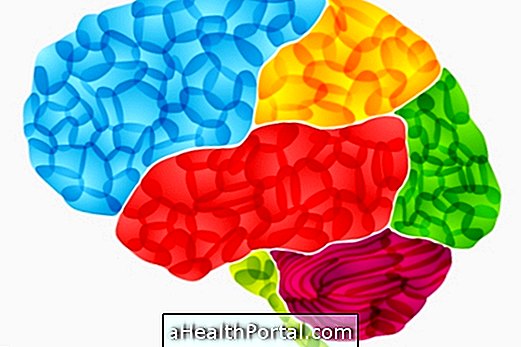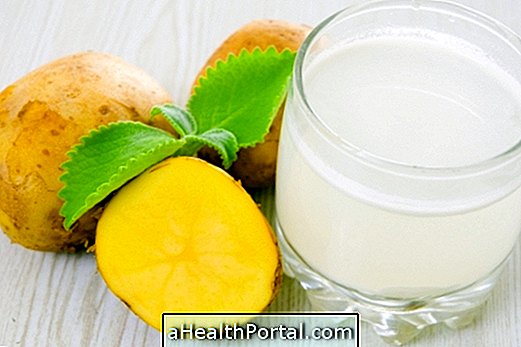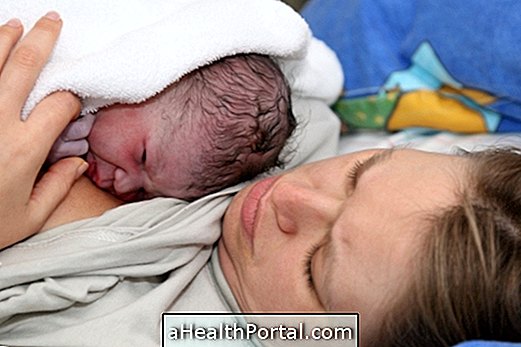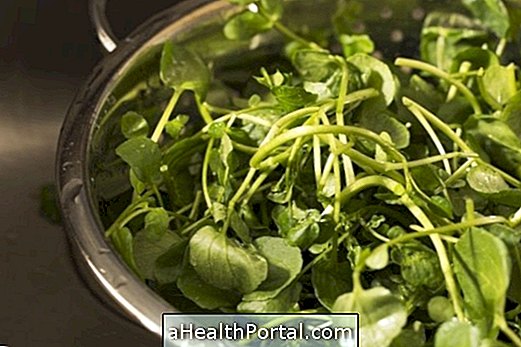Intolerance to non-celiac gluten is the inability or difficulty of digestion of gluten, which is a protein present in wheat, rye and barley. In these people, gluten damages the walls of the small intestine, causing diarrhea, abdominal pain and swelling, and making it difficult to absorb nutrients.
Already in celiac disease, gluten intolerance also occurs, but there is a reaction of the immune system causing a more serious picture, with inflammation, intense pain and frequent diarrhea. See more symptoms and how celiac disease treatment is done.
Gluten intolerance is permanent and therefore it is necessary to completely withdraw gluten from the diet so that the symptoms disappear. Learn more about what gluten is and where it is.
Symptoms of gluten intolerance


The symptoms of gluten intolerance can be observed in the baby as soon as there is introduction of cereals into the food. The most common symptoms are:
- Frequent diarrhea, 3 to 4 times a day, with large stool volume;
- Persistent vomiting;
- Irritability;
- Loss of appetite;
- Slimming without apparent cause;
- Abdominal pain;
- Swollen abdomen;
- Pallor;
- Iron deficiency anemia;
- Decreased muscle mass.
In some cases, the individual may not have any of these symptoms and gluten intolerance can only be discovered after other symptoms of the disease, such as: short stature, refractory anemia, arthralgia, chronic constipation, osteoporosis, and sterility.
What Causes Gluten Intolerance
The causes of gluten intolerance may be genetic due to altered intestinal permeability or due to these two factors put together. It is possible to identify intolerance, with the following exams:
- Examination of stool - forehead Van der Kammer
- Urine test - D-xylose test
- Serological test - blood test Antigliadin, endomysium and transglutaminases;
- Intestinal biopsy.
These tests may help in the diagnosis of gluten intolerance, as well as a gluten exclusion diet for a given time to assess whether the symptoms disappear or not.
How is the Treatment for Gluten intolerance
The treatment for gluten intolerance is basically to exclude gluten from food throughout life. Gluten may be substituted for corn, cornmeal, cornmeal, corn starch, potato, potato starch, cassava, manioc flour and sprinkles.
By removing gluten from the diet, remission of symptoms may disappear in a few days or weeks. Here's how to make a gluten-free diet.
Diet for gluten intolerance
The diet for gluten intolerance consists of removing all gluten-containing foods, such as those made with wheat flour, such as cakes, breads and cookies, and replacing them with others, such as cornmeal cake, for example.
Those suffering from gluten intolerance should exclude the following foods from their diet:
Bread, pasta, biscuit, cake, beer, pizza, snack foods and any food that contains gluten.
It is important that the individual follow the diet properly to avoid the complications that the disease may bring and therefore it is important to check if the food contains gluten and if it has, do not consume it. This information is present on most food labels.
See other gluten foods you should avoid and which ones you can eat:

In addition, Tapioca has no gluten and is a great choice to replace bread in the diet. See what recipes can prepare in Tapioca can replace the bread in the diet.


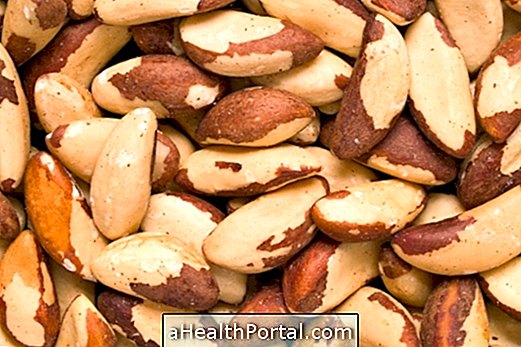
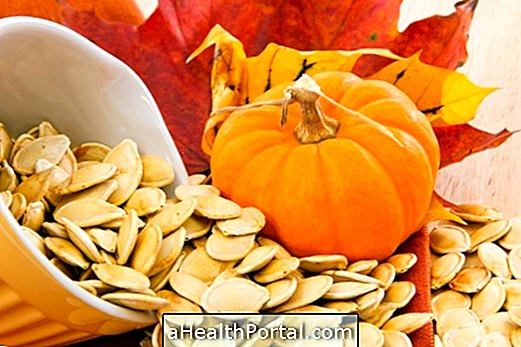

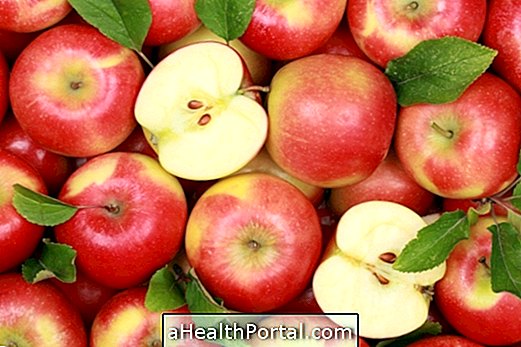


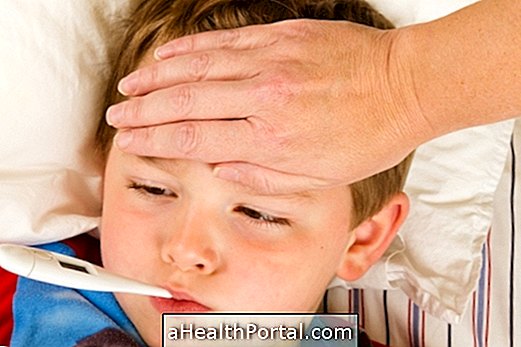



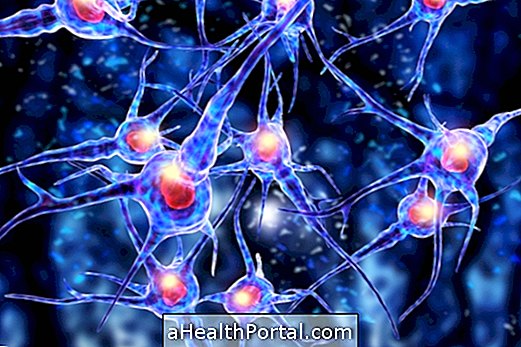
/como--feito-o-tratamento-para-coronavrus-(covid-19).jpg)



